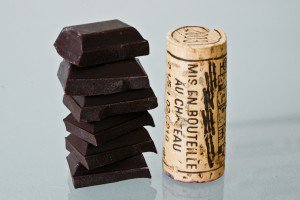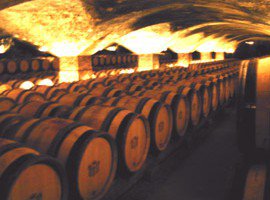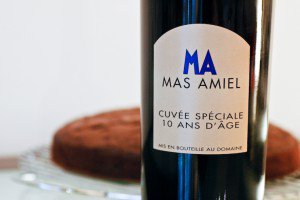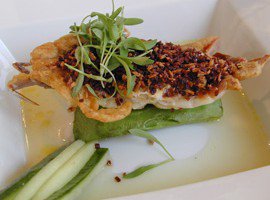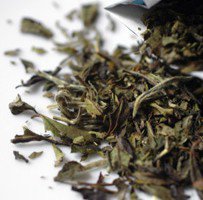
I have been but a sporadic participant in Wine Blogging Wednesday, the event created by Lenn (read here and here) but it is poor planning that is to blame rather than a lack of interest. And when I found out that the theme he had set for the 12th edition was Drink Local I thought to myself, I just cannot be a proud Montmartre citizen and miss an opportunity to write about the Montmartre vineyards.
Vineyards? In Montmartre? Yup, it is yet another quirky feature of this unique part of Paris I love so dearly.
Long before Lutèce became Paris, the Montmartre area (as in fact a large part of the surrounding valley of the Seine) was planted with grapevine. The Romans had built a temple there dedicated to Bacchus, god of wine, and when an Benedictine abbey was founded on the hill in the 12th century (hence the name of the metro station Abbesses), it included a wine-press that the nuns operated. The abbey was sadly dismantled during the French revolution (the very old, blind and deaf abbess was accused of conspiracy against the Republic and sent to the guillotine in 1794), but the vineyards stayed in operation, producing a white wine (“clairet”) that was sold inside the gates of Paris (the Montmartre hill was outside the city limits back then) and a lesser red wine (“piquette”) sold to the local inhabitants and joyously drunk in the numerous cabarets, taverns and guinguettes of the area.
But in the early 20th century the big bad phylloxera scourged the whole thing, and by that time the development of railway transportation had made it easy to bring better wine from other regions of France into the capital, so the vineyards in and around Paris all disappeared. In the 1920’s however, a group of artists and their friends decided to stop a real estate project on a patch of land in the back of the Montmartre hill, between rue des Saules and rue St-Vincent. They came up with a counter-project, asking that the land be used instead to recreate the Montmartre vineyards. Their project was accepted, and the area was thus replanted with grapevines in 1933, leading to the first harvest in 1934.
Le Clos Montmartre now boasts 1,556 square meters (1,850 square yards) with 2000 vine stock in 27 varietals (mostly Gamay and Pinot Noir), and produces a grand yearly total of 1,700 half-liter bottles. Every year in October, a popular Fête des Vendanges (harvest festival) is organized, with fanfare music and a parade in which you can admire (no pointing and laughing) the traditional costumes of the confréries bachiques (wine brotherhoods) and other chevaleries du tastevin (wine-tasting knighthoods) — the local Commanderie du Clos Montmartre in particular.
This is when the bad news comes in: this WBW entry will sadly include no tasting notes. Why? Well, during the festival, each and every one of the bottles is auctioned off as part of a benefit for the charities of the 18th arrondissement, thus making the Clos Montmartre wine unavailable to the general public outside of this period. Those who have tasted it give it mixed reviews: some declare it undrinkable (blaming the Parisian weather, poor terroir and loss of savoir-faire) but other oenophiles say that while its value is arguably mostly folkloric, it is a decent enough beverage. I will try to snatch a bottle during the next harvest in October!
~~~
And while doing research for this entry, I discovered that quite a number of vineyards (over 150!) have been created in the wider Paris area over the past few decades, an initiative represented and promoted by Les Vignerons Franciliens. Because European regulations restrict the creation of new vineyards, all those vineyards are in fact educational and community projects, and they are not allowed to sell their production through conventional outlets. However, I have heard through the grapevine (sorry, couldn’t resist) that if you go and visit, some vineyards will sell you a bottle or two. Additionally, the above-mentioned association presents those wines at the yearly Salon de l’Agriculture and organizes regular tasting sessions for its members.


